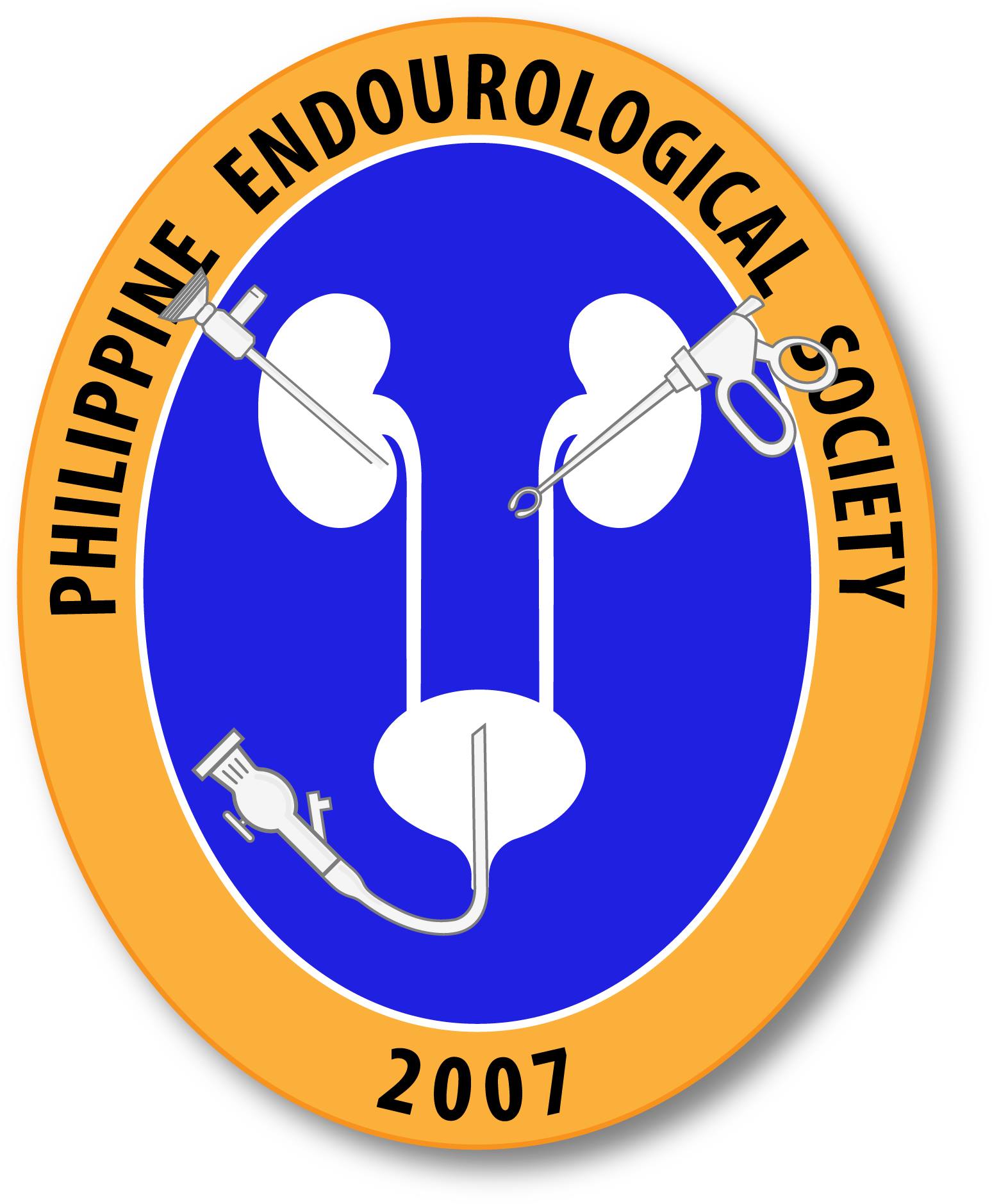In our article, “Optimal Modeling: an Updated Method for Safely and Effectively Eliminating Curvature During Penile Prosthesis Implantation,” we provide an analysis of a modern adaption of a well-established technique for correction of penile curvature. First described by Wilson and Delk in 1994, manual modeling during penile prosthesis insertion is a known treatment for men with concomitant erectile dysfunction (ED) and Peyronie’s disease (PD). The traditional technique allows for corporal straightening by employing two 90-second cycles of forcibly bending the fully inflated penis in the opposite direction of the maximal curvature. This process provides both immediate and delayed improvements in curvature via plaque disruption and remodeling with continued inflation of the device. Despite its efficacy, many prosthetic urologists are hesitant to utilize manual modeling due to a historically described 4% rate of urethral perforation and the lack of a completely straight phallus in the immediate post-operative period. Instead, urologists in contemporary practice are turning toward other straightening procedures such as plication and/or plaque excision/incision with grafting. While efficacious, these additional straightening procedures carry well-known risks such as penile shortening or glans paresthesias.
